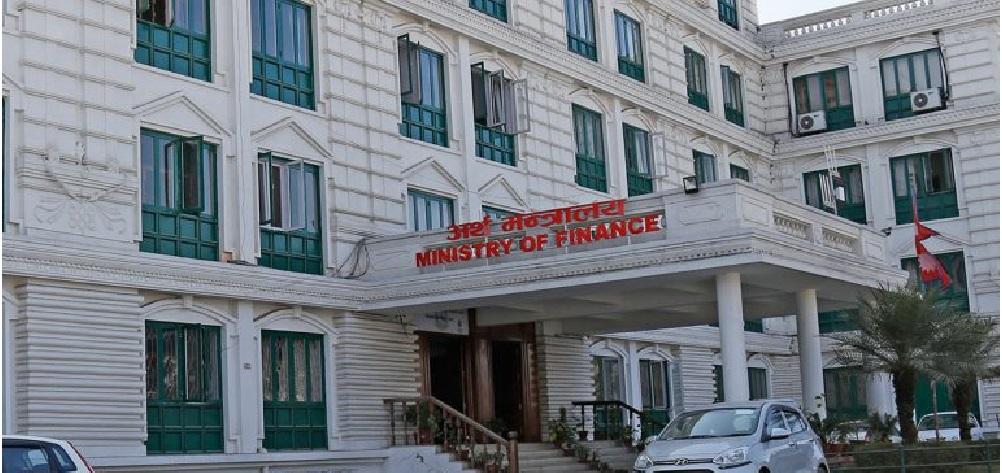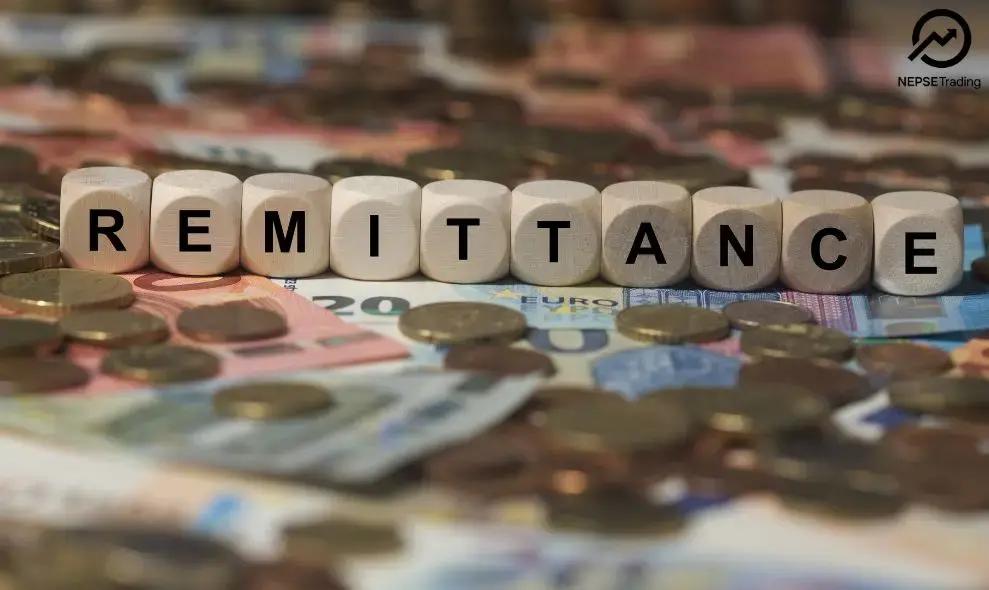By Sandeep Chaudhary
Monetary Policy Highlight for 2023/24 || Enhancing Economic Stability and Growth in Nepal

Introduction The Nepal Rastra Bank (NRB) has outlined comprehensive monetary measures in its Monetary Policy for 2023/24, aimed at achieving economic stability and fostering growth. These measures are designed to address domestic and external economic challenges, ensuring the stability of the financial sector while promoting productive investments.
Key Monetary Measures
Adjustment of Policy Rate The NRB has reduced the policy rate by 50 basis points to 6.5%, keeping the bank rate unchanged at 7.5%, and lowering the deposit collection rate to 4.5% from 5.5%. This adjustment is intended to manage liquidity more effectively and stimulate economic activity.
Liquidity Management
Open Market Operations (OMO): The NRB will conduct secondary open market operations and deposit collection auctions if the weighted average interbank rate deviates significantly from the policy rate.
Standing Facilities: The provisions for standing liquidity facility (SLF) at the bank rate and overnight liquidity facility (OLF) at the policy rate remain unchanged.
Standing Deposit Facility (SDF): A new provision will offer the standing deposit facility at the lower bound of the interest rate corridor to enhance the IRC's effectiveness.
Reserve Ratios: The Cash Reserve Ratio (CRR) and the Statutory Liquidity Ratio (SLR) have been kept unchanged to maintain stability in the banking sector.
Foreign Exchange Management
Facilitation for Service Exporters: Service exporting industries, such as IT companies, will be allowed to use a portion of their foreign currency earnings to cover expenses abroad, enhancing their operational flexibility.
Import Provisions: The existing rules for imports through draft/TT and DAP/DAA will be reviewed to streamline processes and support trade.
Increased Foreign Exchange Allowance: The allowance for Nepalese traveling abroad has been increased to USD 2,500 per trip, twice a year, from the previous USD 1,500.
Regulatory and Supervisory Enhancements
Anti-Money Laundering: Directives will be issued based on mutual evaluation suggestions to strengthen anti-money laundering efforts.
Loan Restructuring: A Stressed Loan Resolution Framework will be implemented to assist borrowers affected by natural disasters or other special circumstances.
Asset Quality Review: Commercial banks will undergo an asset quality review to ensure the robustness of their credit portfolios.
Development Banks Compliance: National-level development banks must fully comply with the Capital Adequacy Framework, 2015.
Microfinance and Financial Access
Support for Microfinance: Recommendations from a study on microfinance institutions will be gradually implemented to enhance their effectiveness.
Merger and Acquisition: Incentives for mergers and acquisitions among microfinance institutions will continue, promoting consolidation and stability in the sector.
Payment Systems and Digital Transactions
Central Bank Digital Currency: Further actions will be taken based on a study on the issuance of a central bank digital currency.
Electronic Payments: Efforts will be made to facilitate electronic payment of government revenue and enhance the effectiveness of receiving foreign currency through electronic means for service exports.









